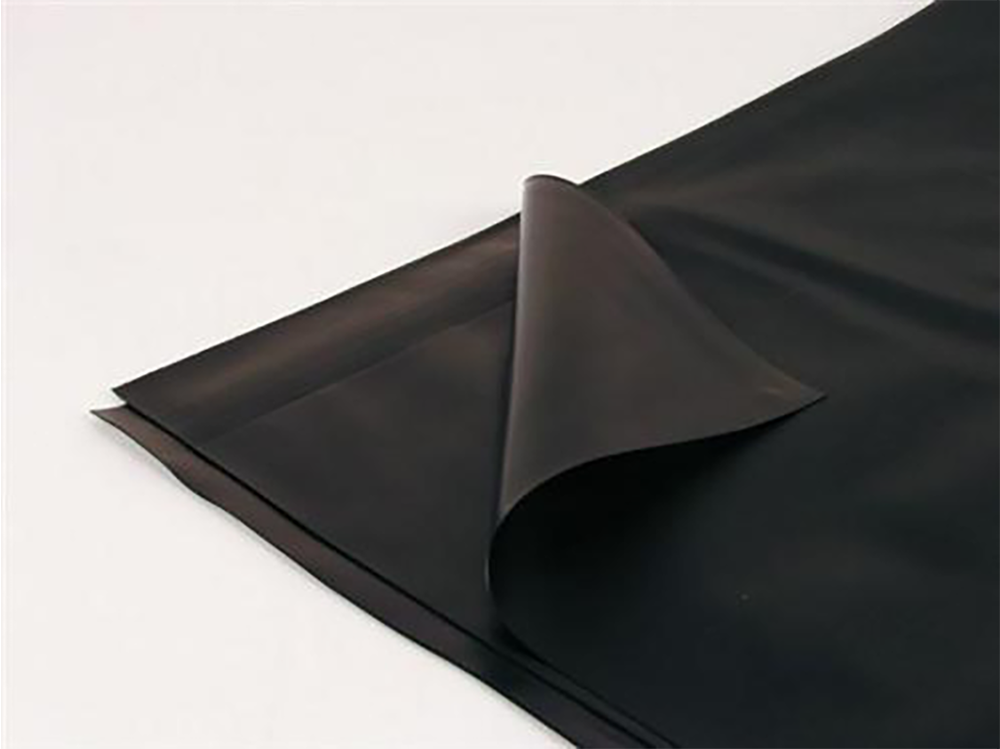Frequently asked questions on garden pond liners
Built that pond yet? Unsure about what size pond liner you need and how to install it? We answer all your most frequently asked questions on garden pond liners here.
How much pond liner do I need?
Work out the size of the pond you want to achieve first, then dig it, and measure the maximum length, the maximum width, and the maximum depth.
Multiply the maximum depth by two, and add that figure onto the maximum width and maximum length. You can do it in feet or metres, or let us do the work for you with our handy pond liner calculator.
How to edge a pond liner?
If the pond is at ground level, the most popular way to edge the pond liner is with large, flat stones. Remove the turves around the pond, lay the liner down, lay rocks on top of it, trim the spare liner, and you’re done!
For a natural look, try to hide all of the pond liner by slightly overlapping large flat rocks just over the edge of the pond. Fill the gaps in the rocks with soil.
If creating a formal pond, lay flagstones or patio slabs on a dry or wet concrete mix, bed down, and level it all up.
If you want grass all the way up to the edge of the pond, remove 12”/30cm or turves all the way around the pond, lay the liner down, then put the turf back on top of the liner. Trim the liner for a neat job.
For raised timber ponds, lay the pond liner with an overlap on all sides, screw down timber capping or another layer of sleepers, and trim the overlap. For raised brick ponds do the same, but this time cap it with a layer of mortar, then place your final row of bricks or capping on top.
How to fit a pond liner
Unfold flexible pond liners and lay them next to the pond in an area free of any stones or sharp objects. If its a hot, sunny day, leave it out in the sun to warm up and become more supple and stretchy.
Using two people, pick the liner up like a bed sheet, walk sideways over the pond and lay it down over the hole. Ensure the overlap is equal on all sides.
Place a hosepipe in the liner, turn it on, and the weight of the water will start to fill the hole and push the liner into all the nooks and crannies. Once the pond is a few inches deep, gently stretch the liner in all directions to minimise creases and folds.
If you need to make folds, fold all the creases in one direction and work clockwise or anti clockwise around the pond lining until you come back to the first fold. Fill the pond to the top, edge the pond liner (see above,) and trim.
How to find a leak in pond liner
If you suspect there is a leak in the pond, first check that it isn’t coming from elsewhere. The most common leaks are around waterfalls where water is either spilling out into the ground or is running underneath the lip of the waterfall and taking water outside of the catchment of the liner.
Check hose connections on UVs and pressurised filters (common causes of leaks,) and check that it’s not just losing water through evaporation. In summertime a pond with a waterfall or fountain can evaporate by inches a day.
Once all other causes have been eradicated the pond water level will slowly drop to the place where the hole is in the pond lining. If its in the side, fill the pond by another few inches and watch for air bubbles. There should be air coming out of the leak as water goes the opposite way. Once you’ve found the leak, patch it with Swell Deluxe Pond Liner Repair Tape.
If the pond drains all the way to the bottom, unfortunately the leak is in the bottom of the pond and it will need to be drained completely, the hole found, and patched with liner repair tape.
What is the best pond liner material?
The best quality pond liners are the thickest ones with the longest guarantee. Thicker is better when it comes to garden pond liners as it is less likely to be punctured, and is more UV resistant, especially with large ponds like koi ponds. Rubber pond liners like Firestone liner that is 1mm thick is the professional’s choice. Cushion every pond liner with underlay for added protection.









